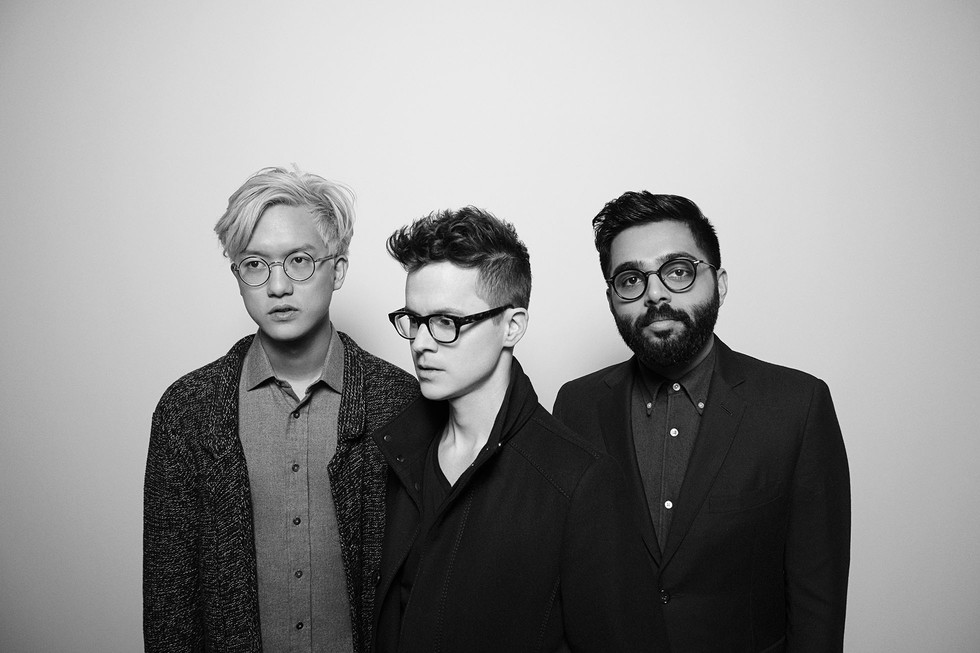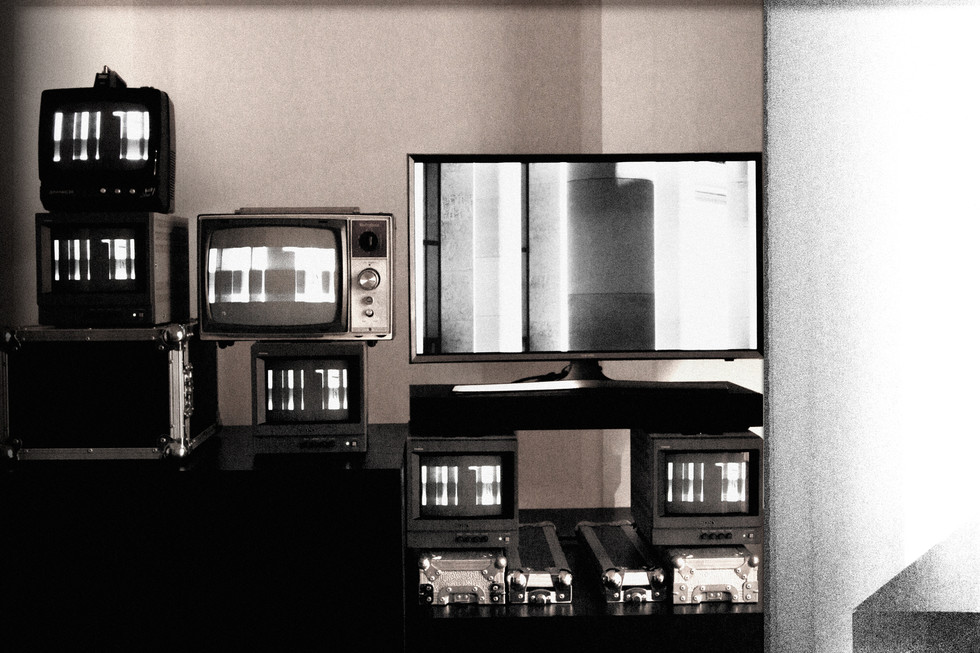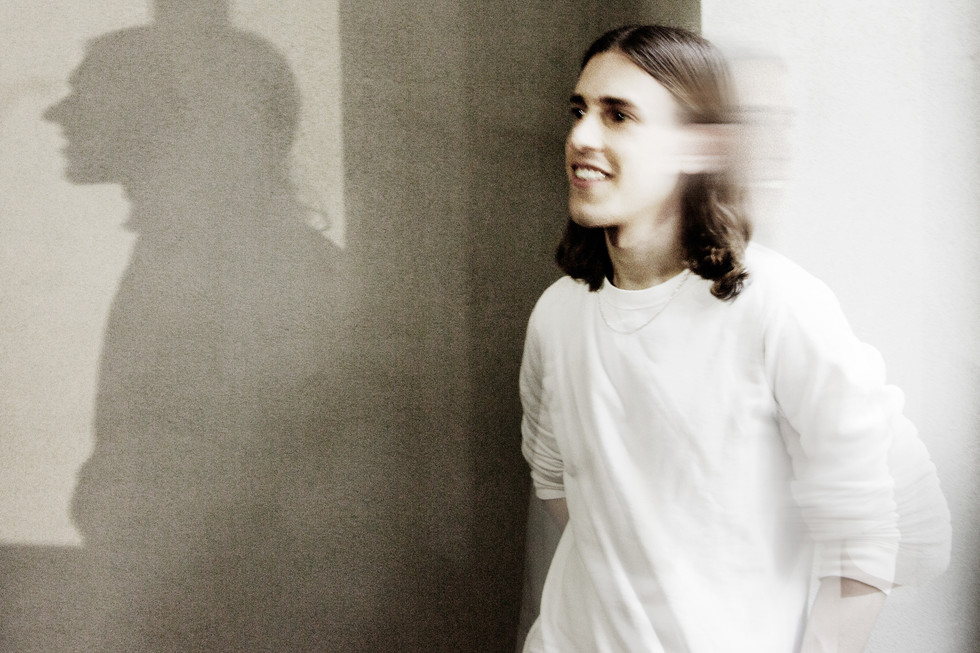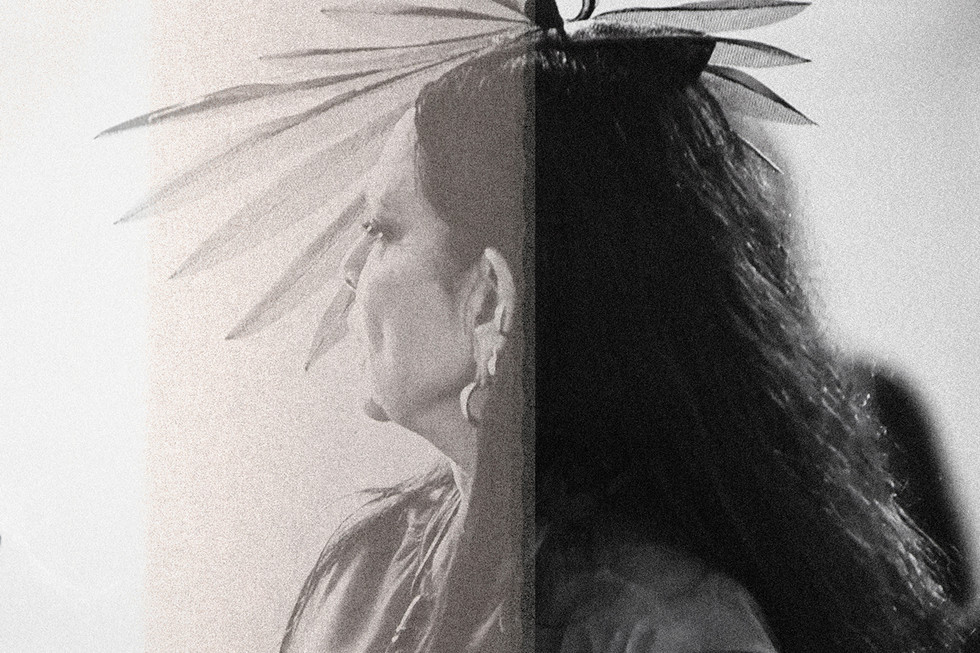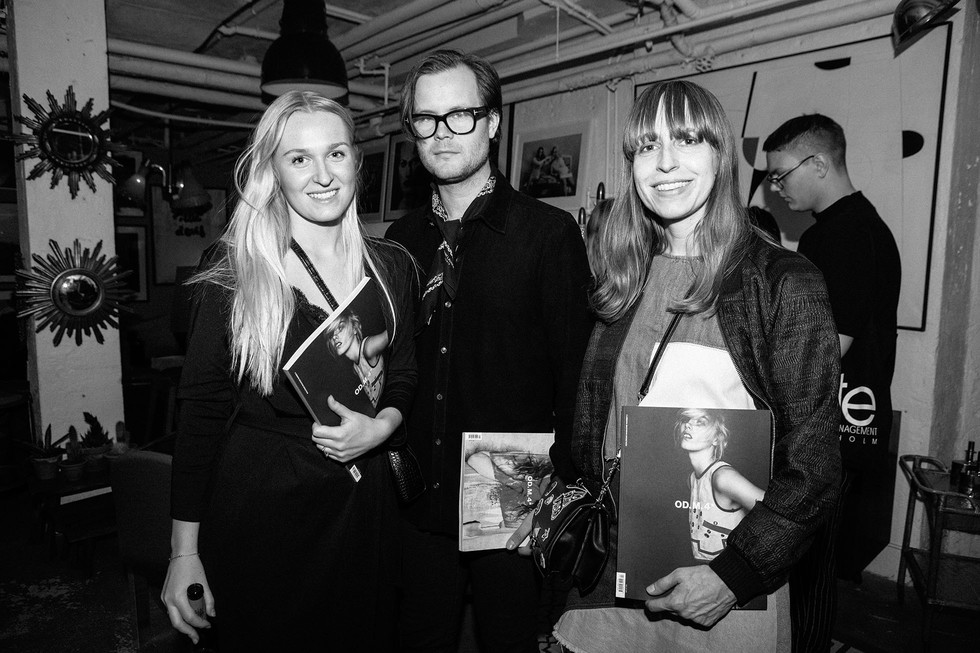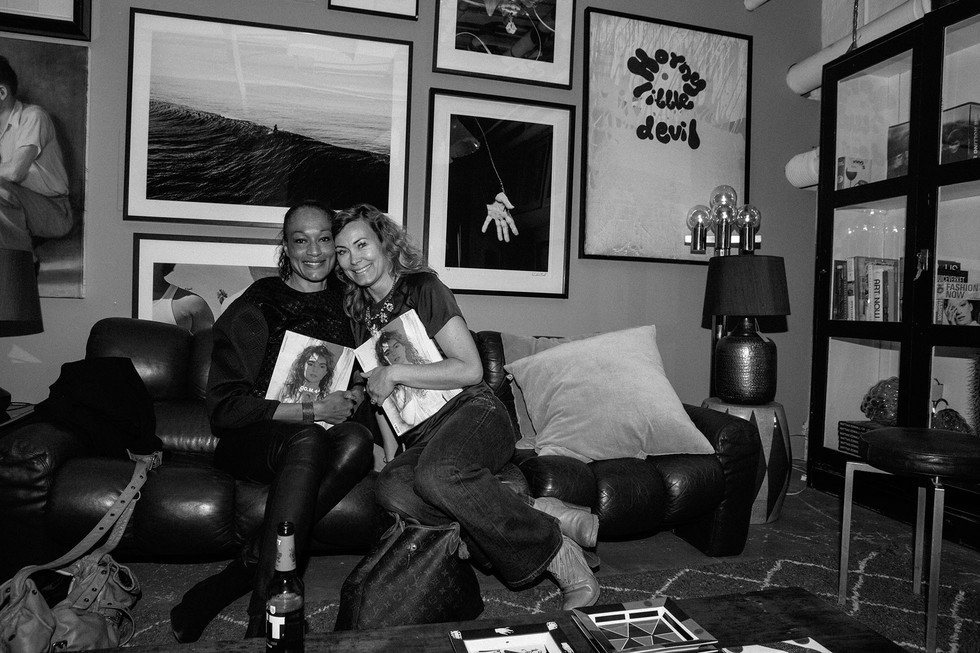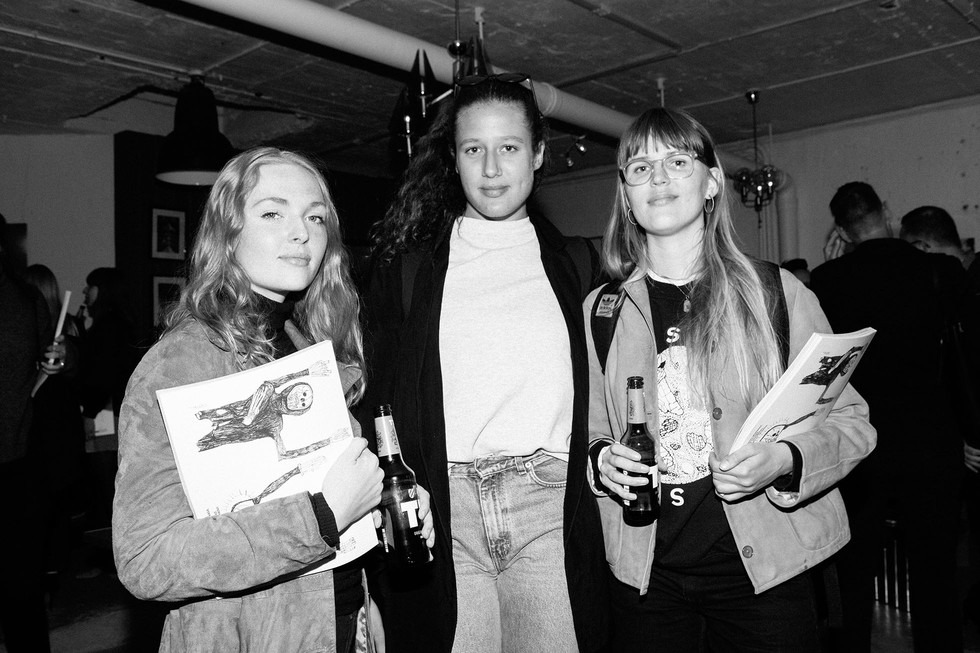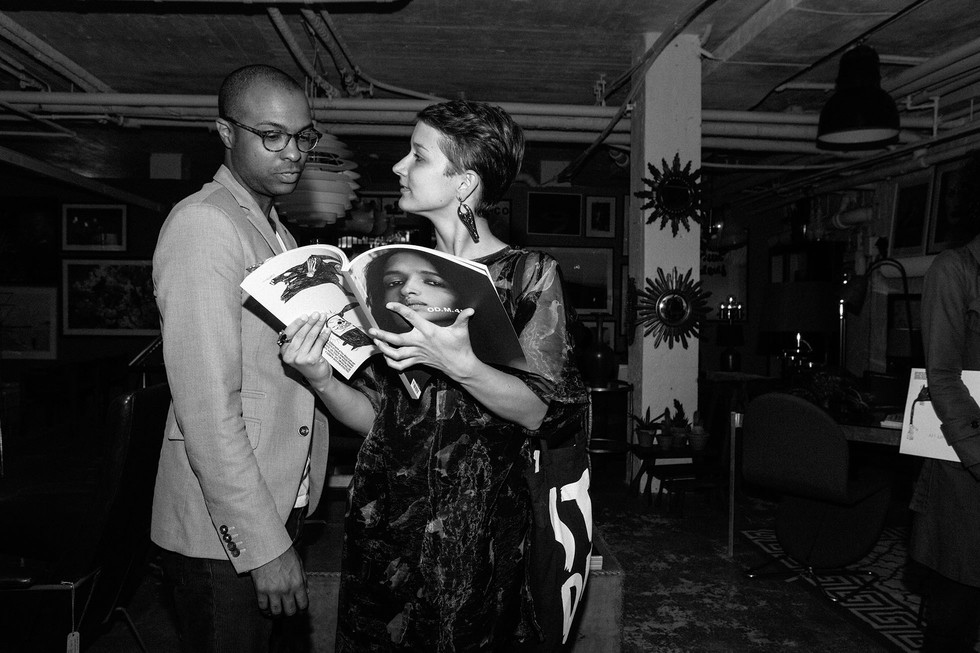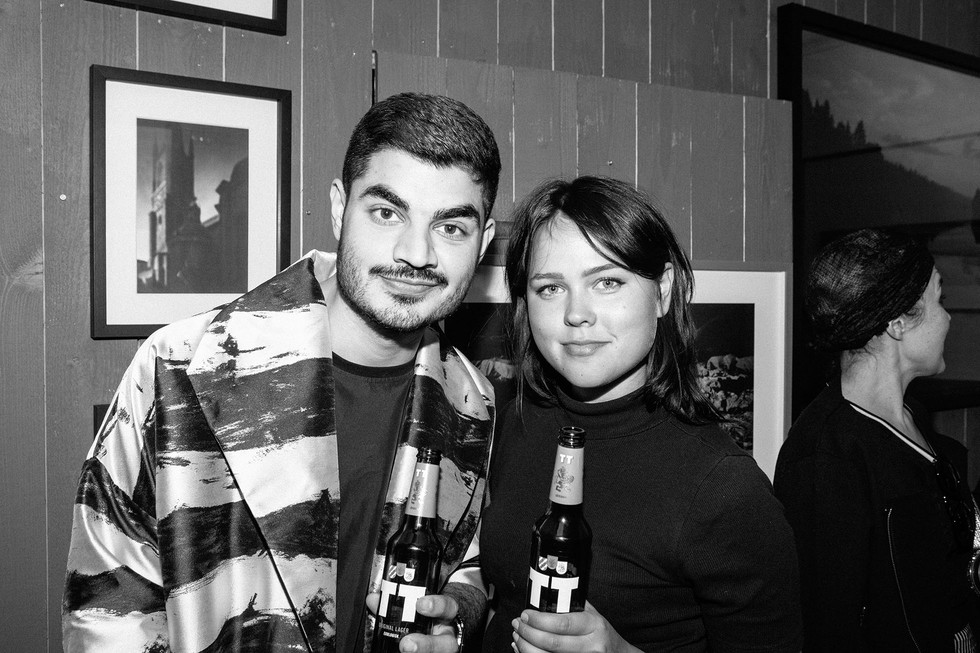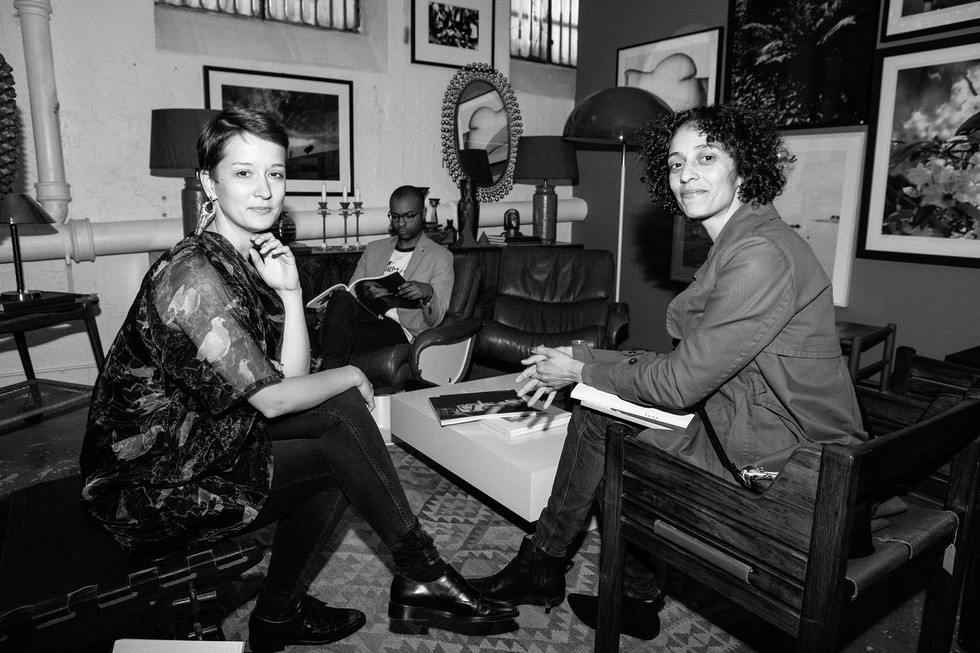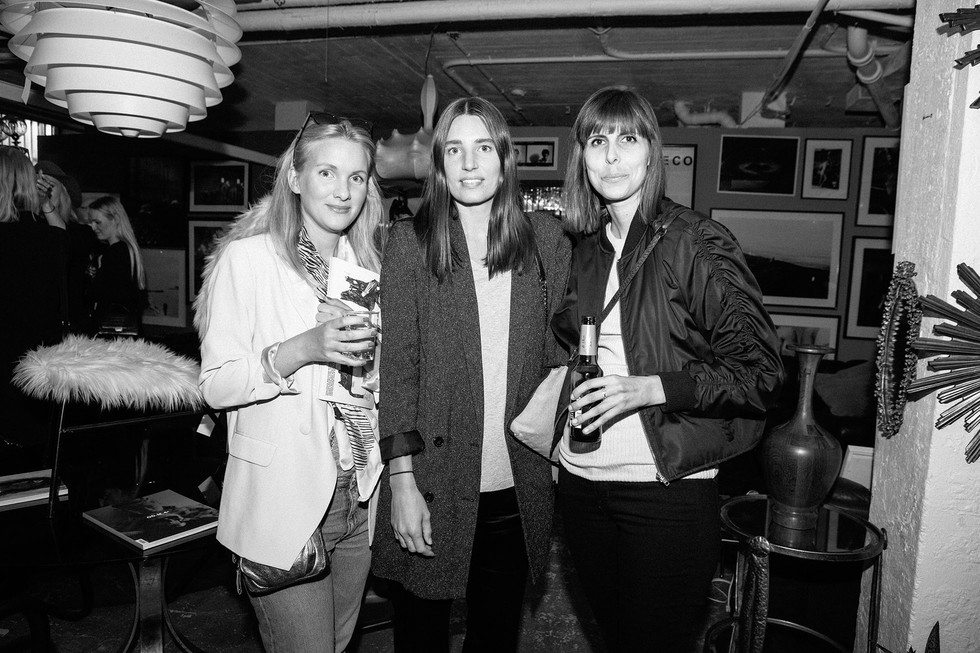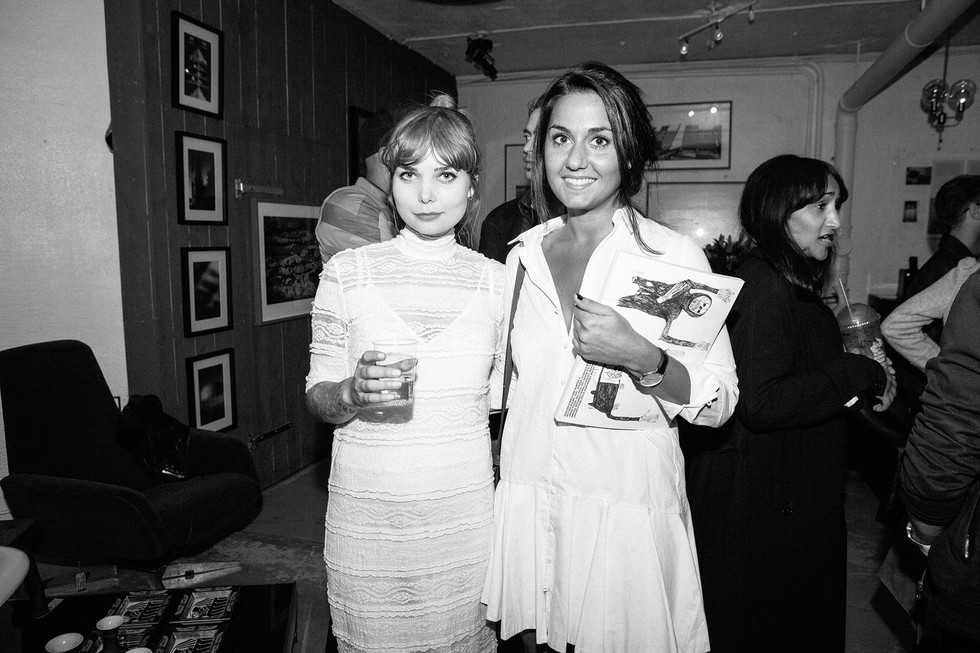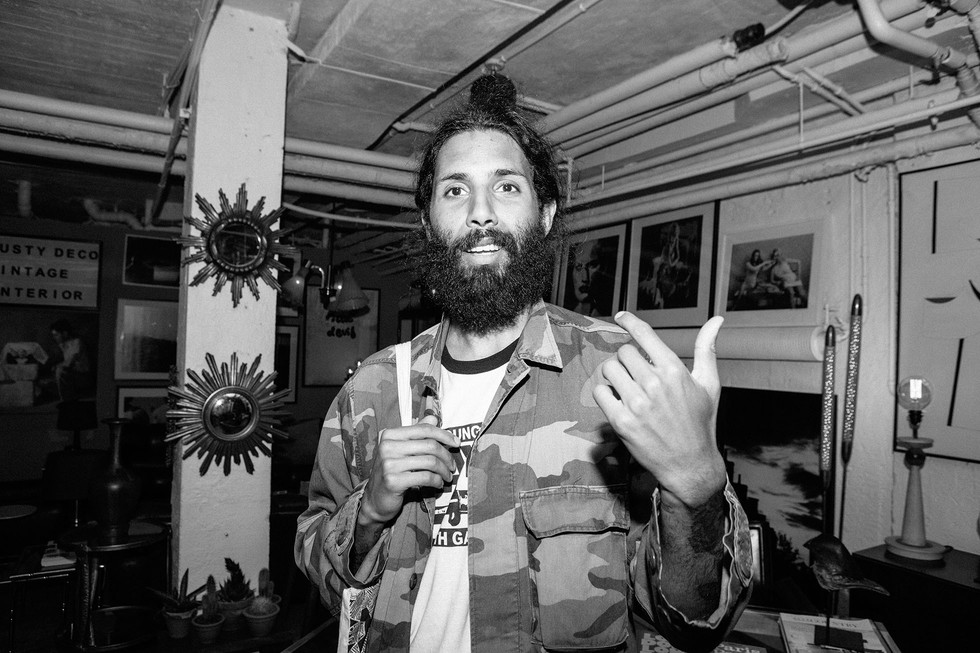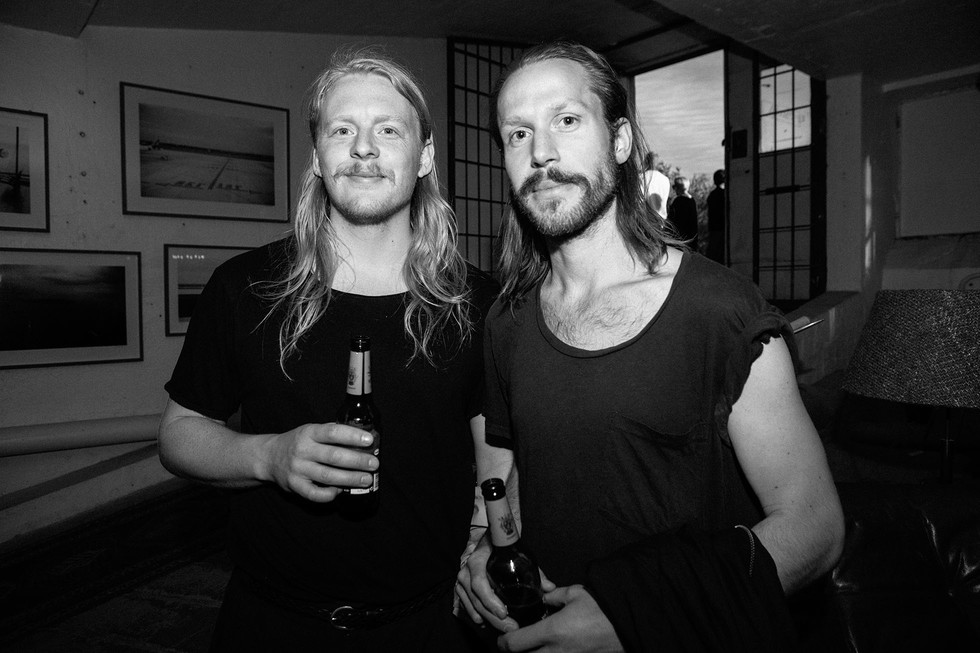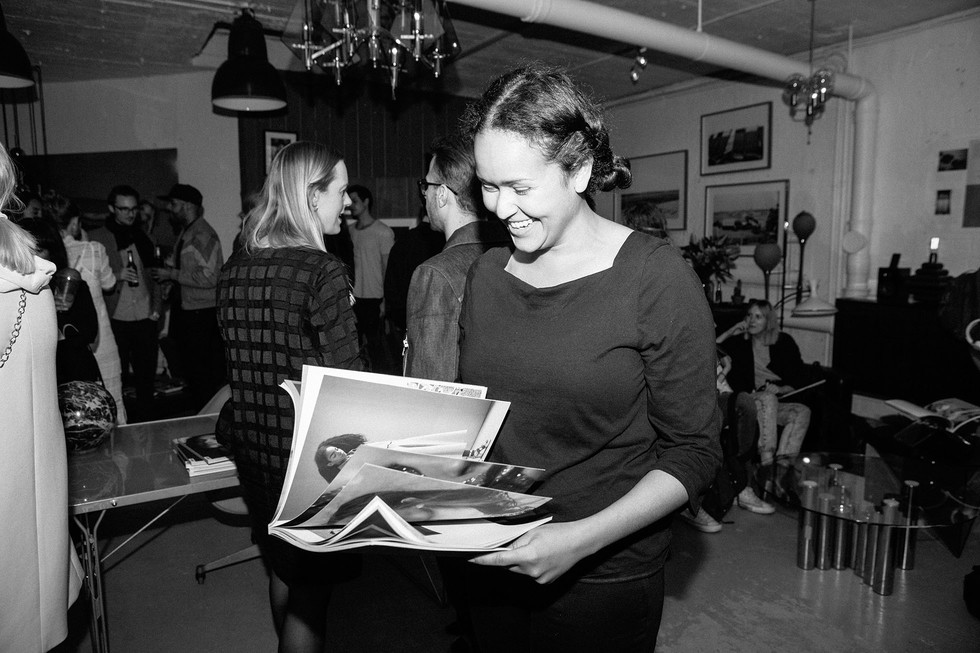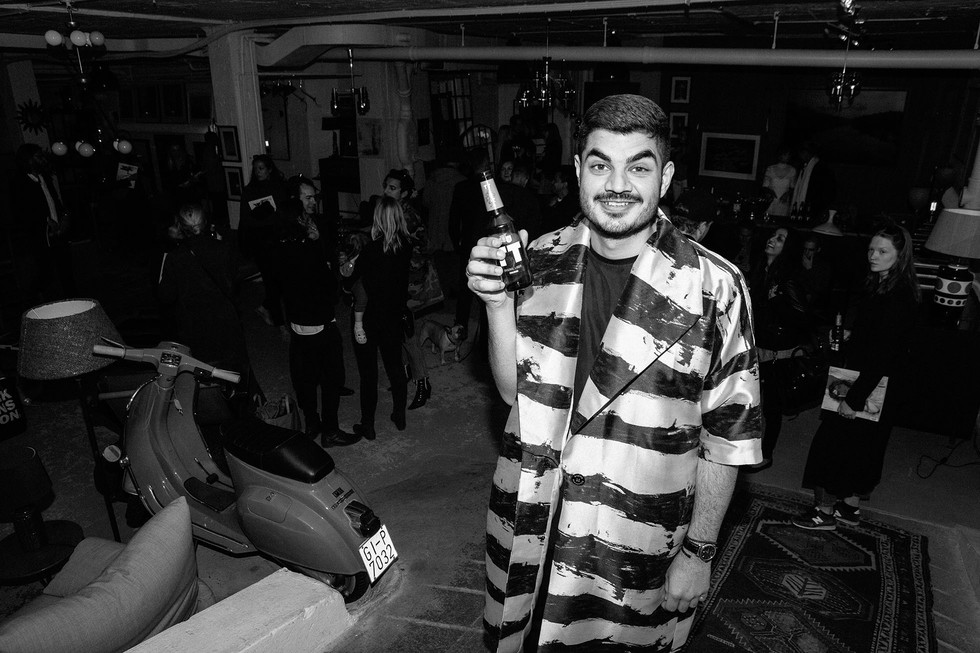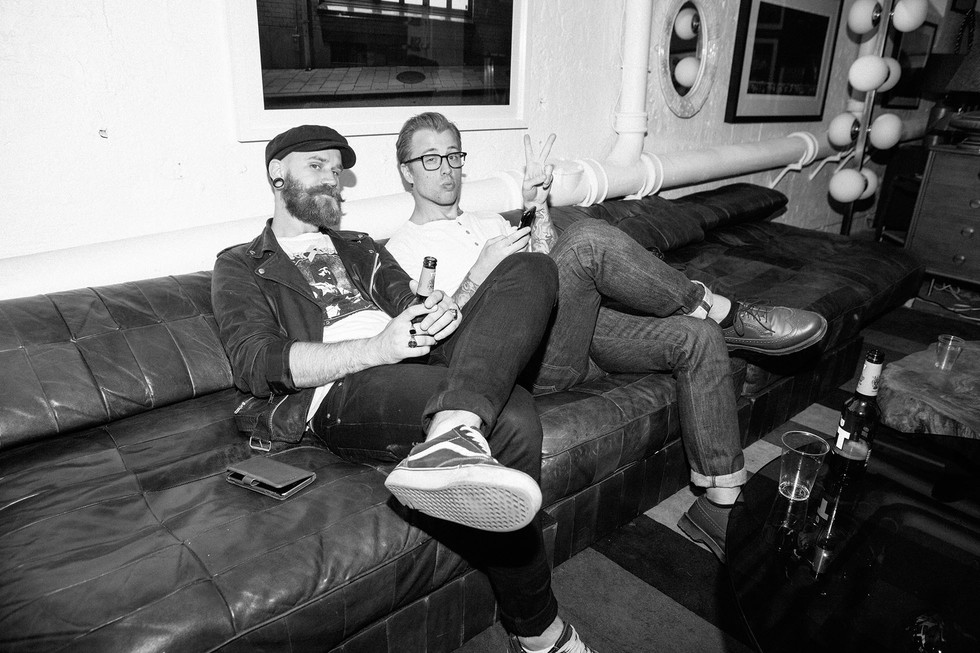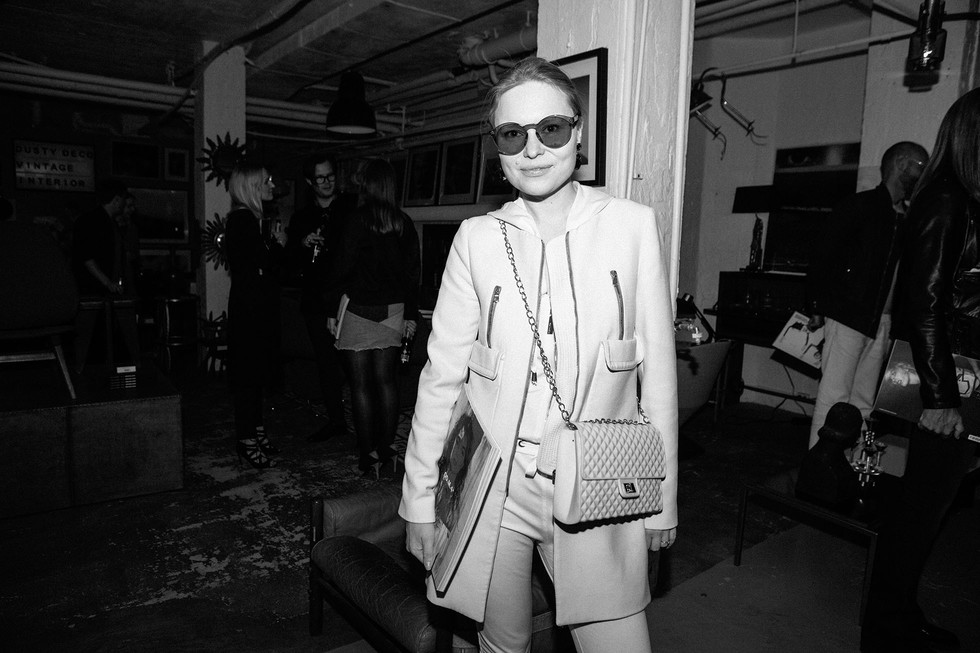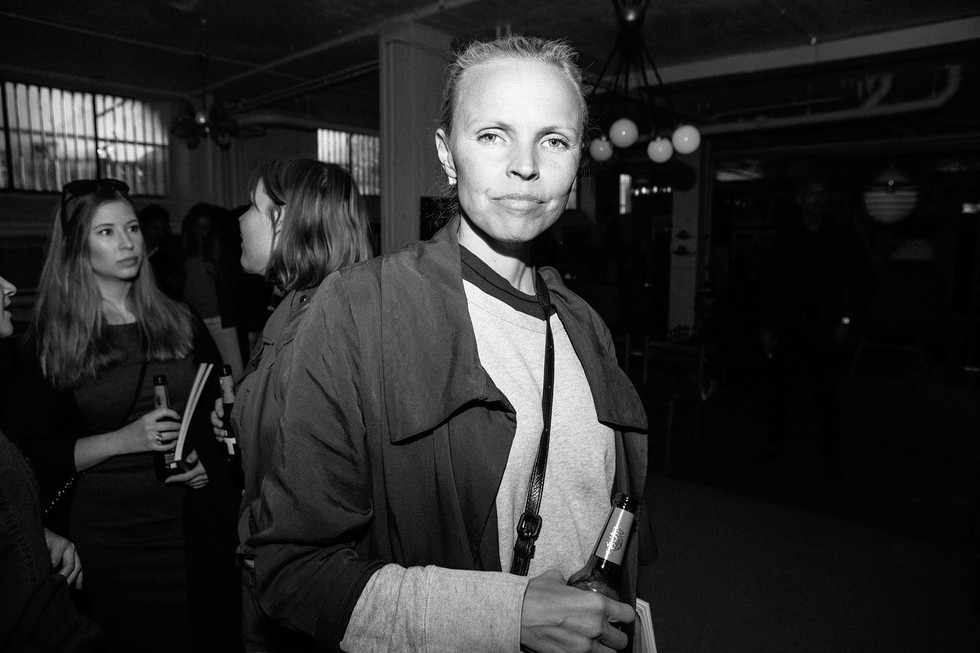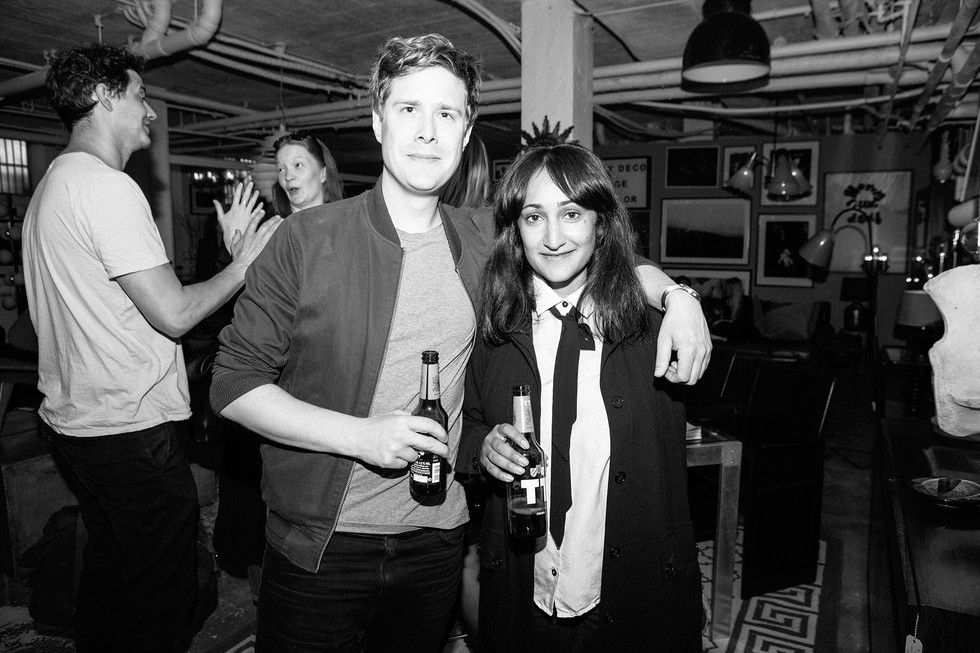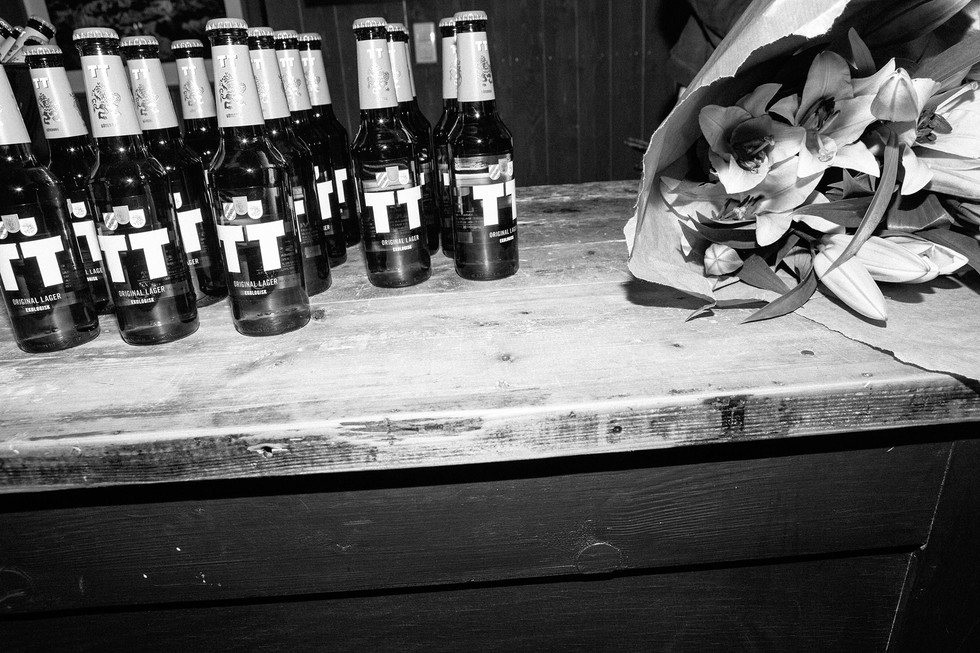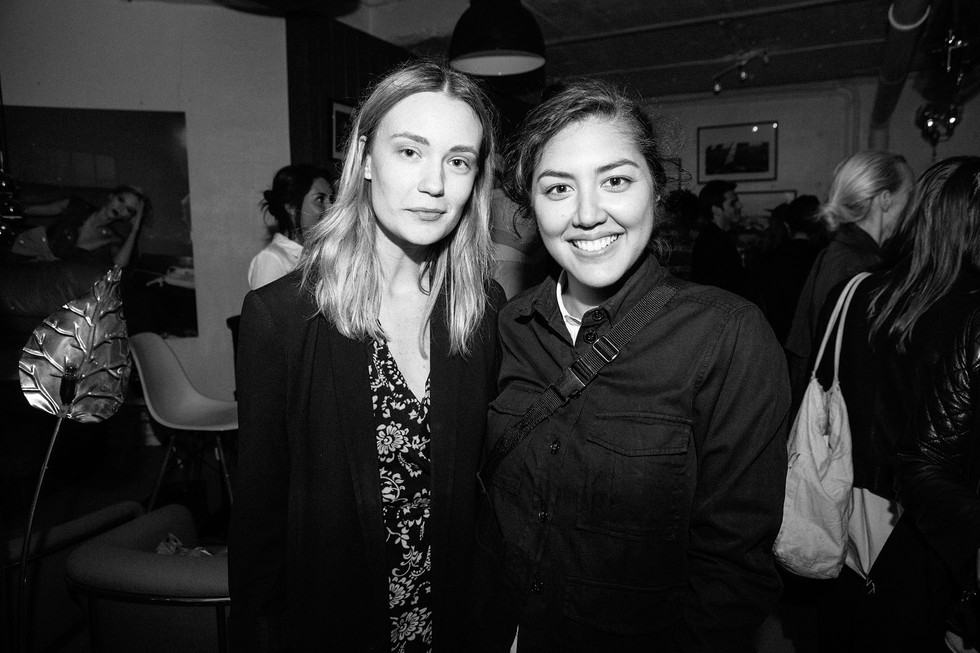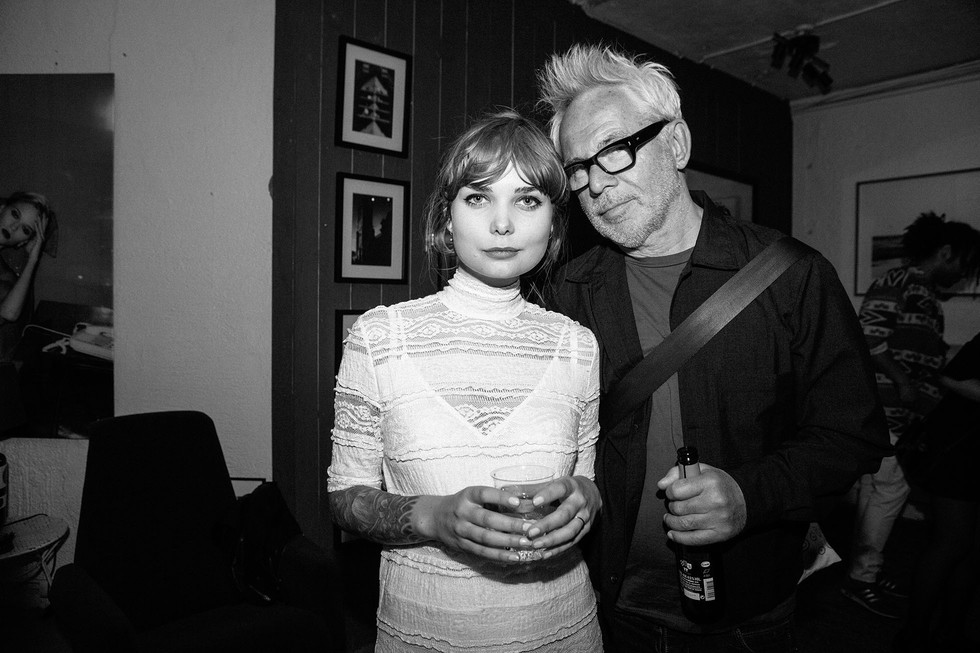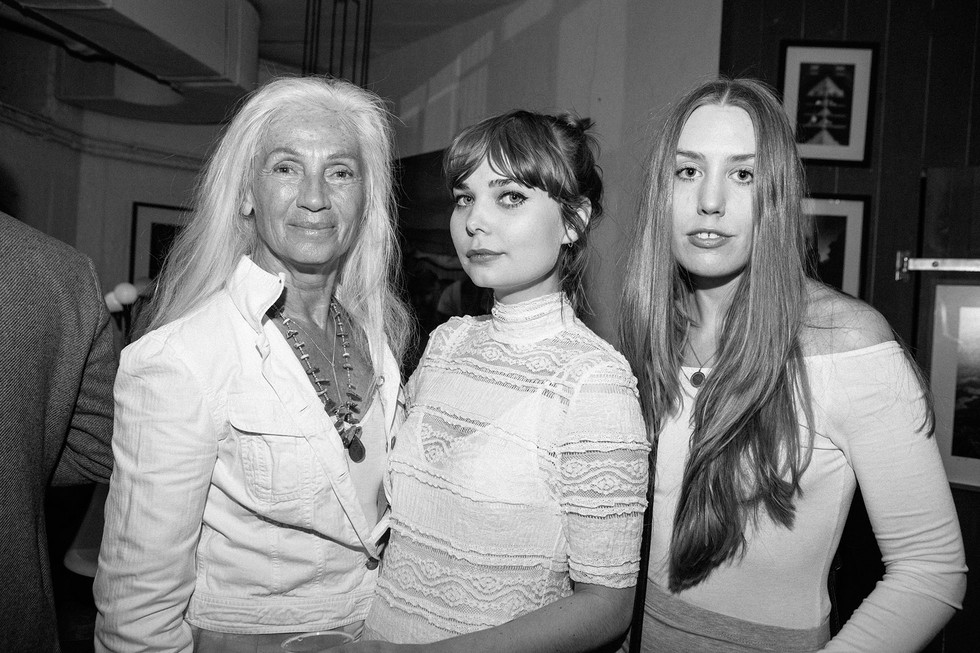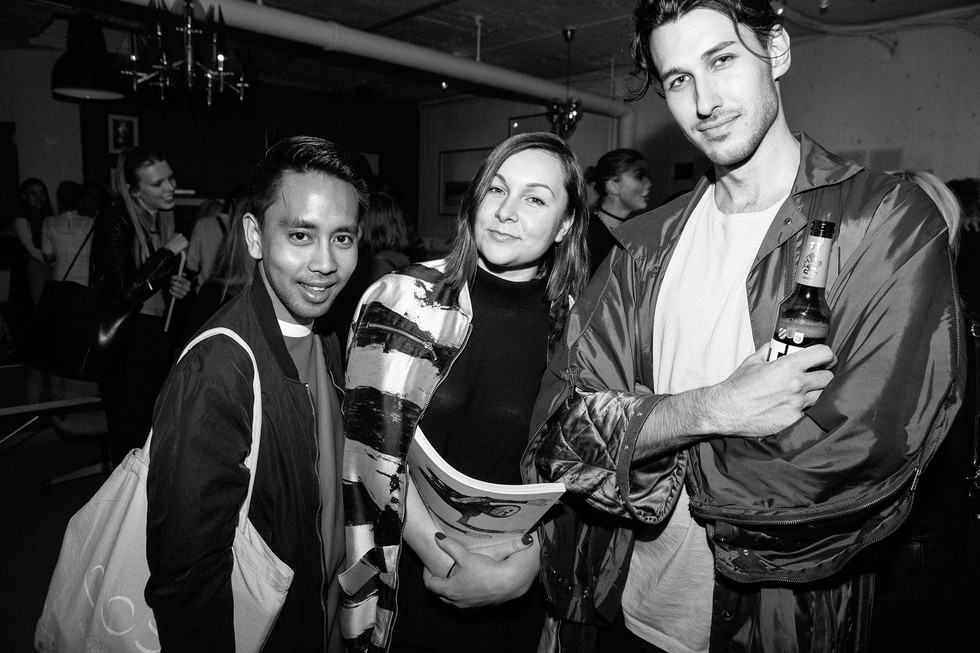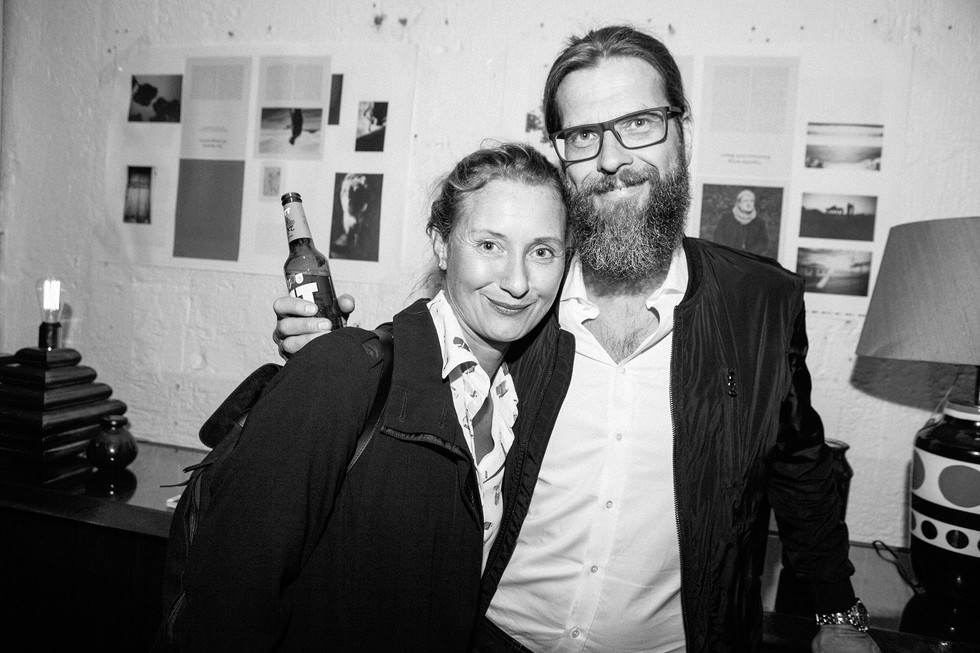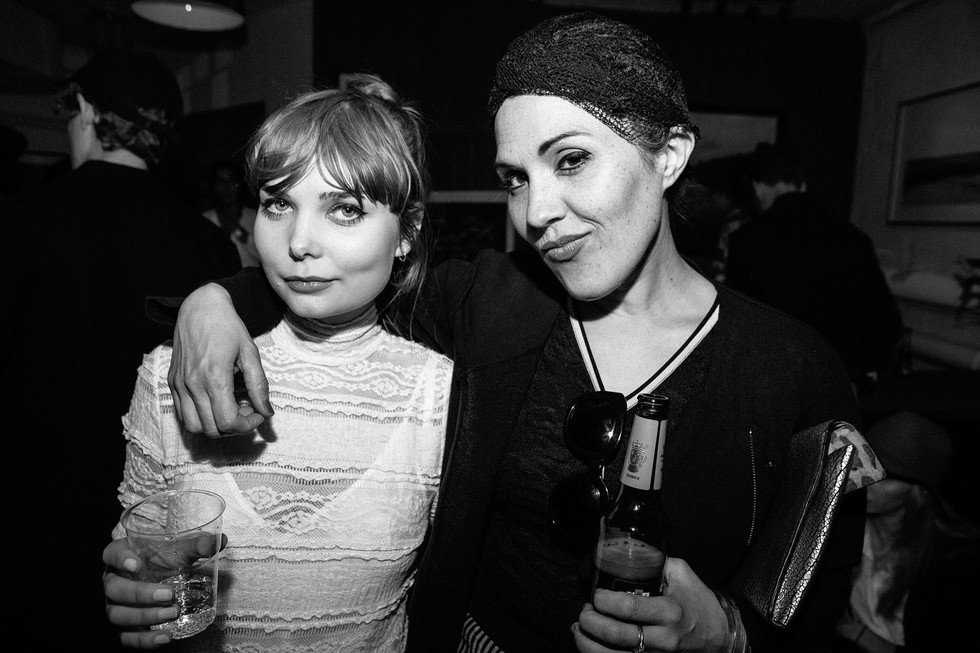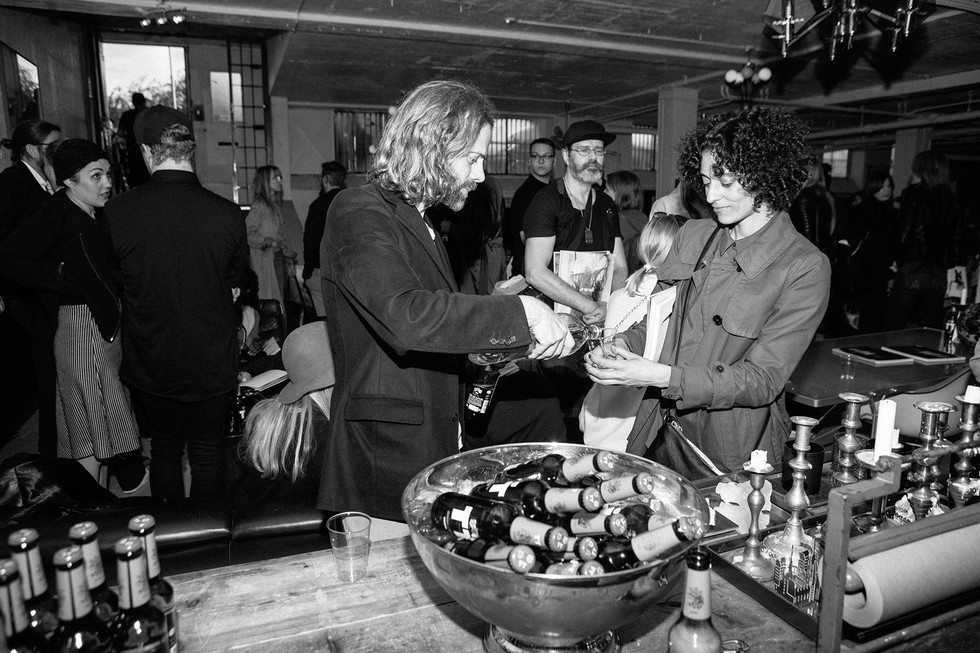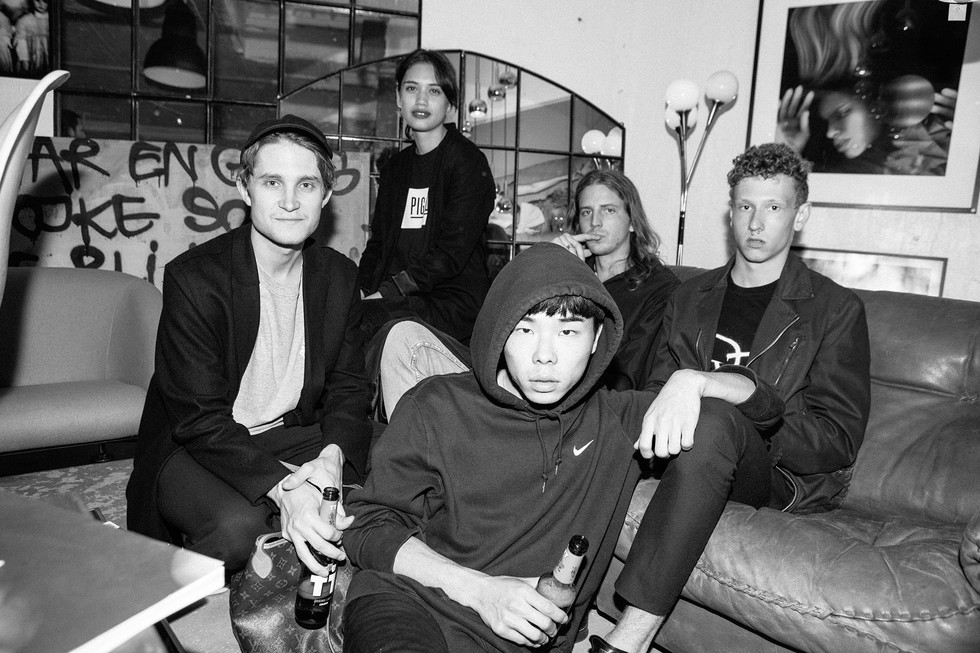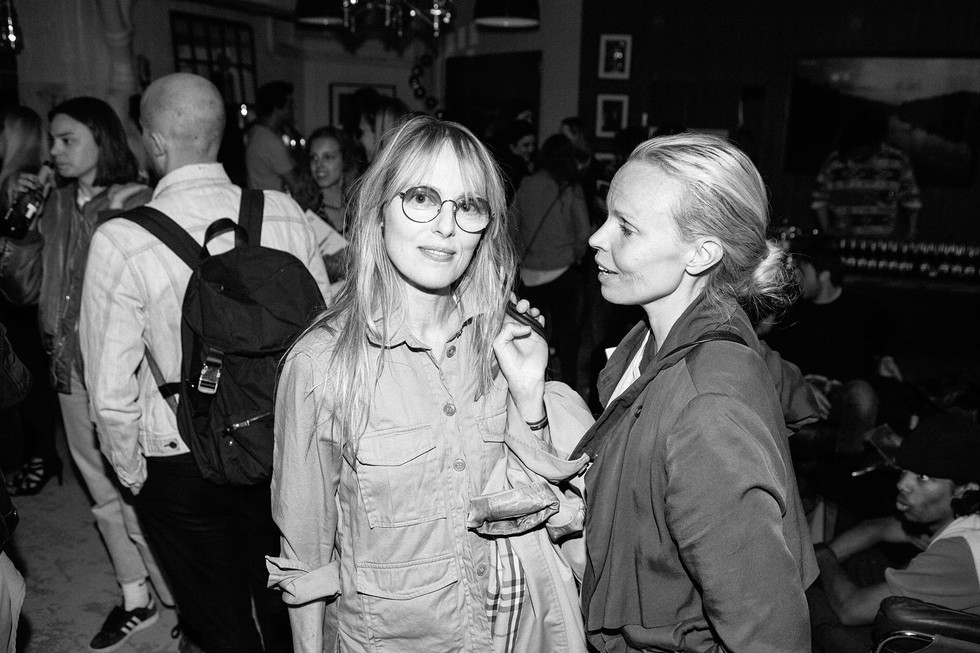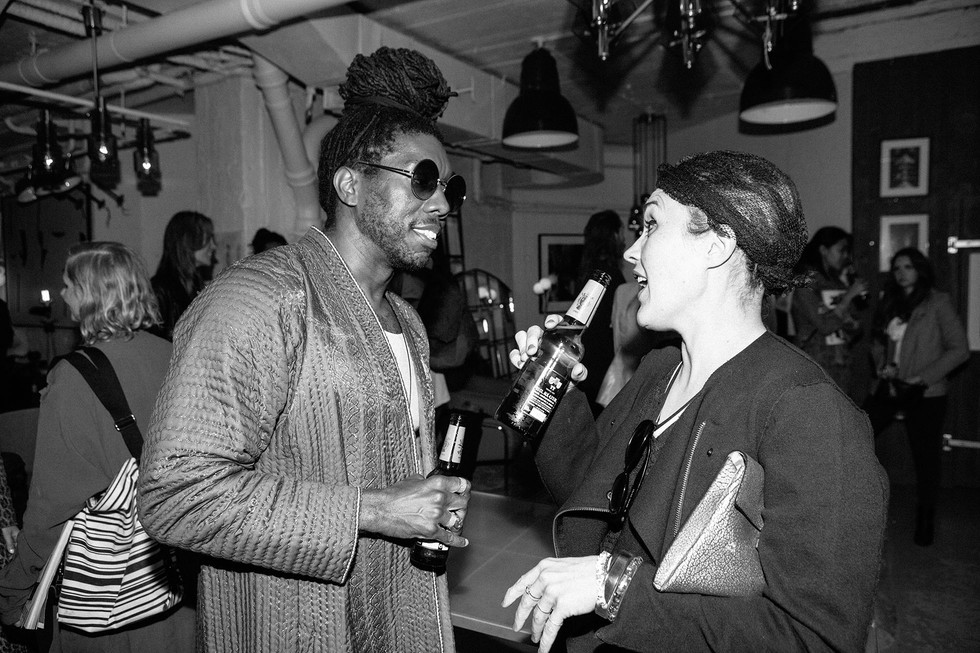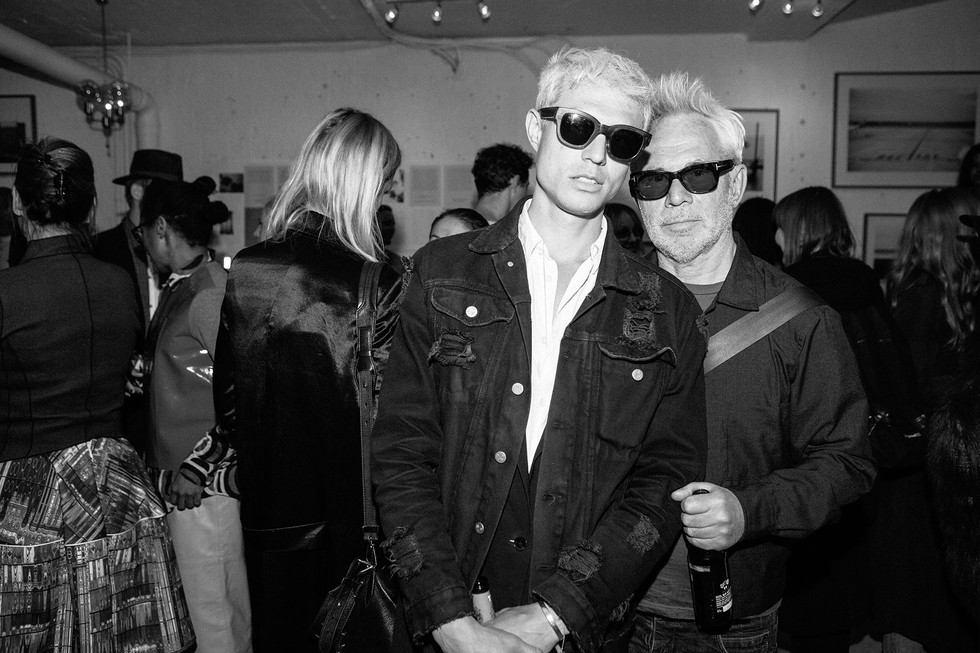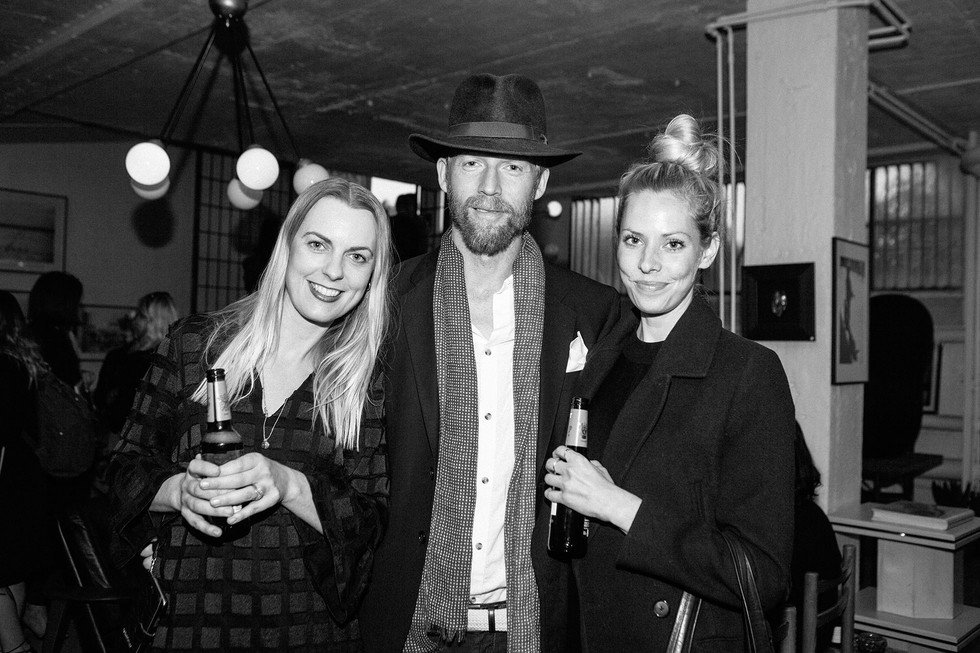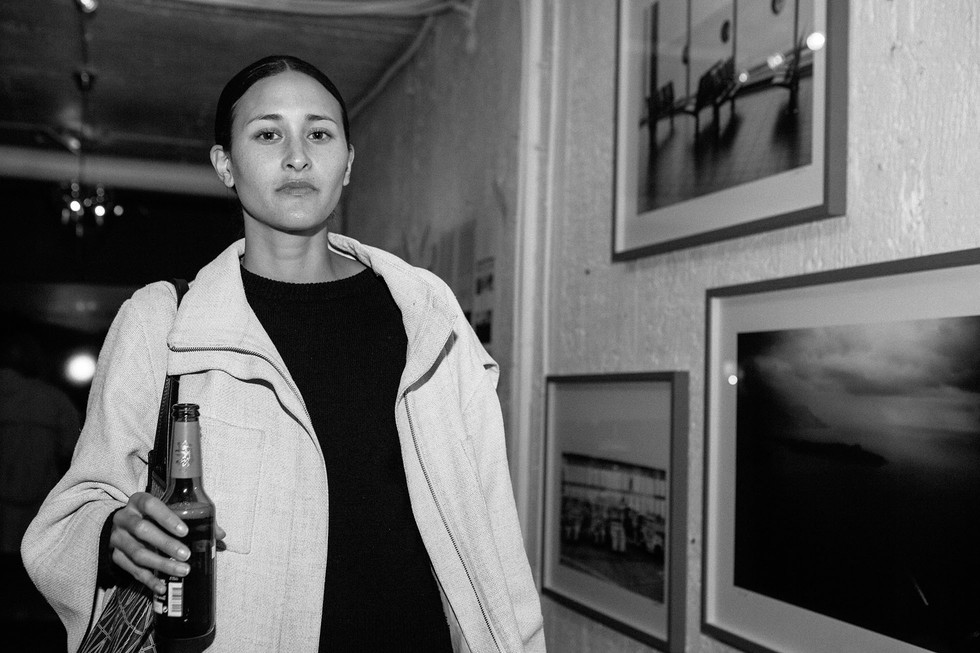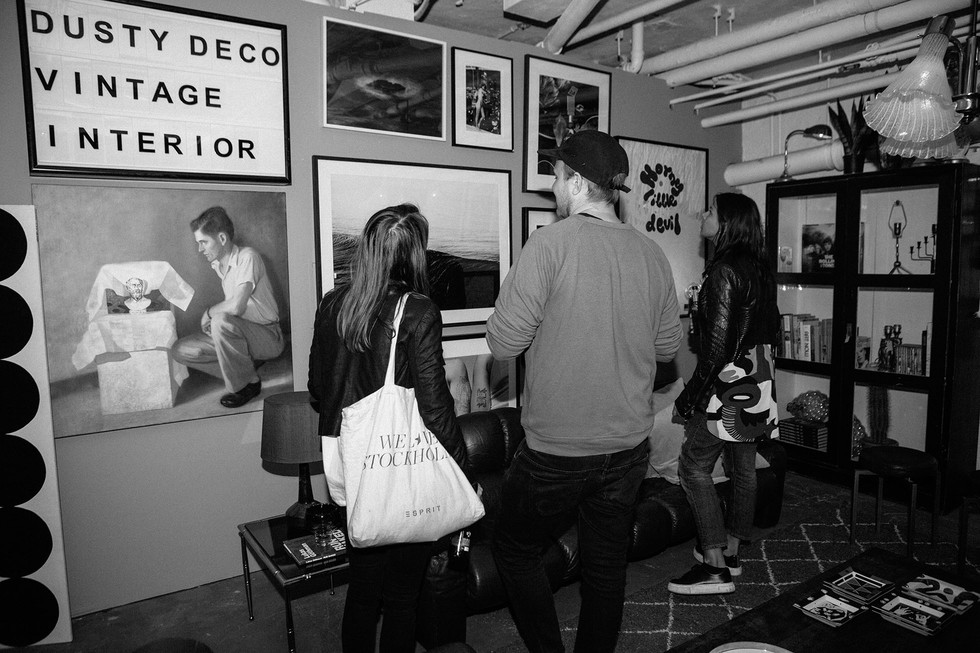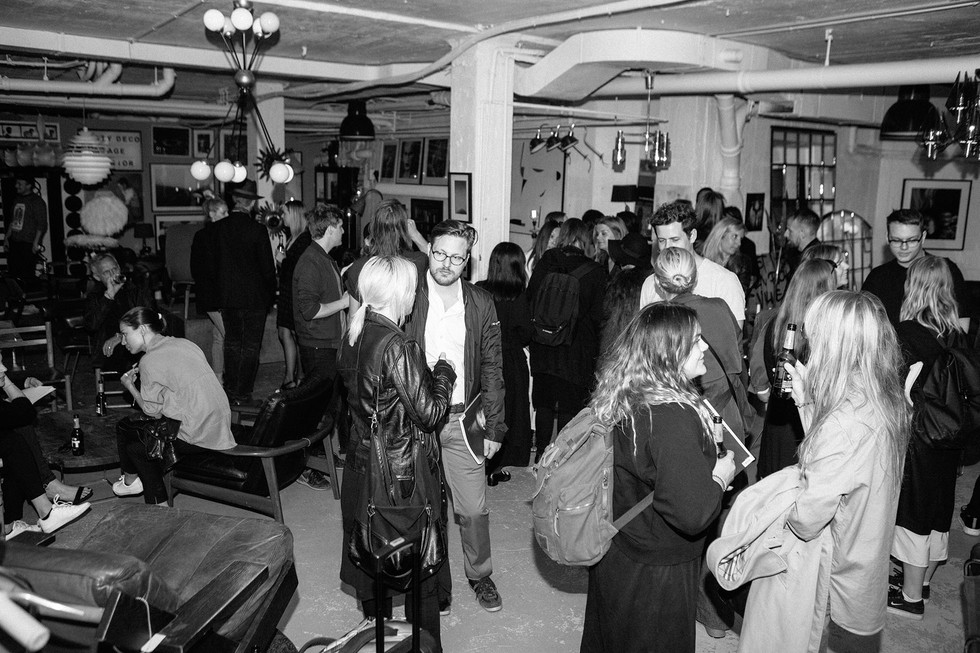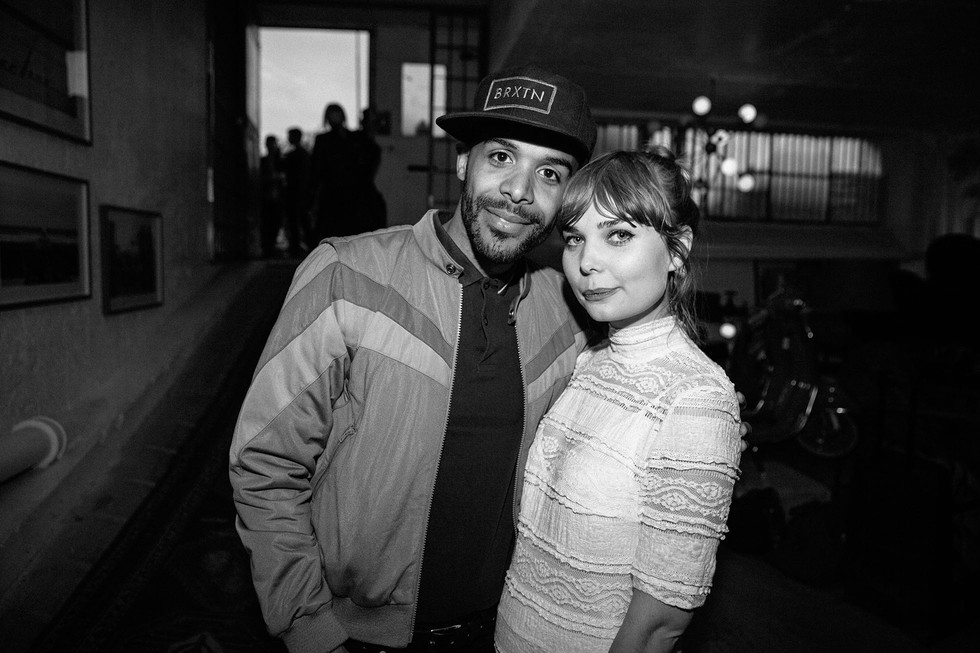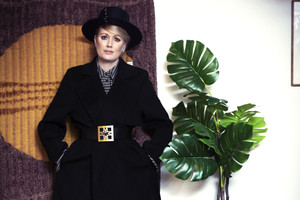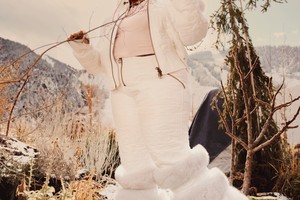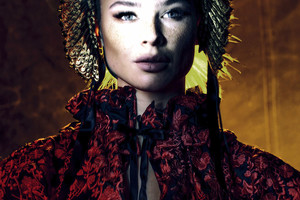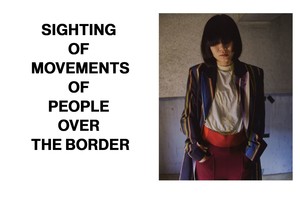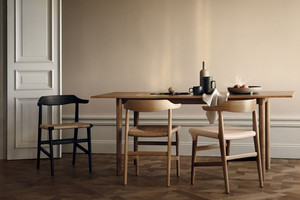Odalisque Magazine x Son Lux
Written by KlokieOdalisque had the pleasure of interviewing New York based Son Lux preparing for their performance at the Moogfest. The band consists of guitarist Rafiq Bhatia (RB), drummer Ian Chang (IC), and singer Ryan Lott (RL). Once described as “the world’s most lethal band” by NPR, they claim they are really all sweet and mild-mannered and describe their music as “Gangsta ass beat with a choir boy melody.”
OM: Can you tell us briefly about your life, like where you were born and when you moved to New York?
RL: I grew up all over [the US]. My wife and I moved to New York on our sixth anniversary in 2007. We had four suitcases and took a Greyhound bus.
I didn’t come from a musical family, and music wasn’t an important part of my life early on — the “oldies” station on road trips, that’s my only early memory of music. But it was a family rule for us kids to play the piano, as a matter of discipline, more than anything. It was one of the best things my parents have done for me, along with ignoring my years of protestation on the matter.
But after a few years, I began to feel an urge to write my own music and change what was on the page. As soon as music became something that I could author, it came alive for me. Eventually, a life in music was my only option.
OM: When and how did you and your collaborators become aware of each other’s work?
RB: Rafiq and Ryan met through mutual friends, and Ryan asked Rafiq to guest on some Son Lux projects after hearing his solo material. Rafiq and Ian met on a one-off gig they played with a different band. When Ryan decided to start touring behind Lanterns, he reached out to Rafiq, who in turn brought in Ian. A few short rehearsals later, we began the tour that would ultimately lead to Son Lux becoming a band.
OM: What did you do for your debut show as Son Lux?
RL: Our first show as a band was in front of 750 people in Berlin. We’d never played any of the material live before, and we had only rehearsed four times. And before sound check, I fell on a glass bottle and cut open my hand, dropping my laptop down a flight of concrete stairs. So what we did was survive, basically.
OM: The videos for “Change Is Everything” and “Breathe Out” are fantastic, and you’ve been getting some great awards and recognition for those collaborations.
RL: We’re so proud of our videos, but we can’t take any credit for them. We’ve always approached videos as open collaborations.
OM: You’ve also written film scores - what is that process like for you?
RL: I’ve scored three features now, the most recent of which just premiered at Cannes. It’s extremely challenging work, and the process is necessarily a bit different for each movie. The goal of a score is to serve the picture, to assist. For that reason, the act of scoring feels very different than making an album, and it’s an opportunity to allow an external force to cull new approaches to making music, both technically and philosophically.
OM: Have you been writing new material while on the road?
RL: We’re always writing. Most of the Bones record was made on the road.
What works on a record doesn’t automatically work on stage. The inverse is also true. The two worlds are divergent Live, there is more improvisation, and the arrangements are generally less dense.
OM: What was the creative process behind “Bones”?
RB: It started in the back of a van, and often involved fastening a makeshift music stand / desk to the floor with gaffe tape. We all collaborated heavily on the sonics, flow, and presentation. A lot of it was born from the excitement and potential we discovered when touring behind Lanterns together, which is when Son Lux expanded from being just Ryan to a full band.
OM: How did it compare to your previous projects?
RB: Well, a lot of the contrast is explainable by circumstances: this is our first record as a band, and the first since Son Lux became a touring project - we played about 200 shows in 18 months while making Bones. It’s also the most outwardly-focused Son Lux release to date.
OM: Where do you find inspiration for making music?
RB: It comes from all over, and from within. Some recent sources include Richard Serra’s massive iron sculptures; traditional West African musical structures and instruments; sounds that have an ephemeral nature, that reflect a specific instant in time; Brooklyn, New York; and Ryan’s dog, Leroy.
OM: You’ve made a number of great collaborations, both musical and visual. How did those start – where do the ideas come from and how do the interactions take place?
RB: We are lucky that our music seems to draw in so many amazing creative minds, particularly in visual media. Often, we provide very little direction aside from encouraging the people we work with to take risks and enjoy themselves. But perhaps the cohesion of it all suggests the music itself provides a fair amount of direction, even if it’s just in terms of the type of artists that are drawn to it.
OM: What do you do when you’re not making music?
RB: Sleep, eat, love, feel, learn, and watch House of Cards.
OM: What are you looking forward to about summer?
IC: European festival season is always exciting for us! In particular, we have the opportunity to perform with the Royal Concertgebouw Orchestra at Holland Festival. And imminent transmutations.
Before the next album, transmutations are imminent. Keep your ears and eyes open.
photo credits: Shervin Lainez



